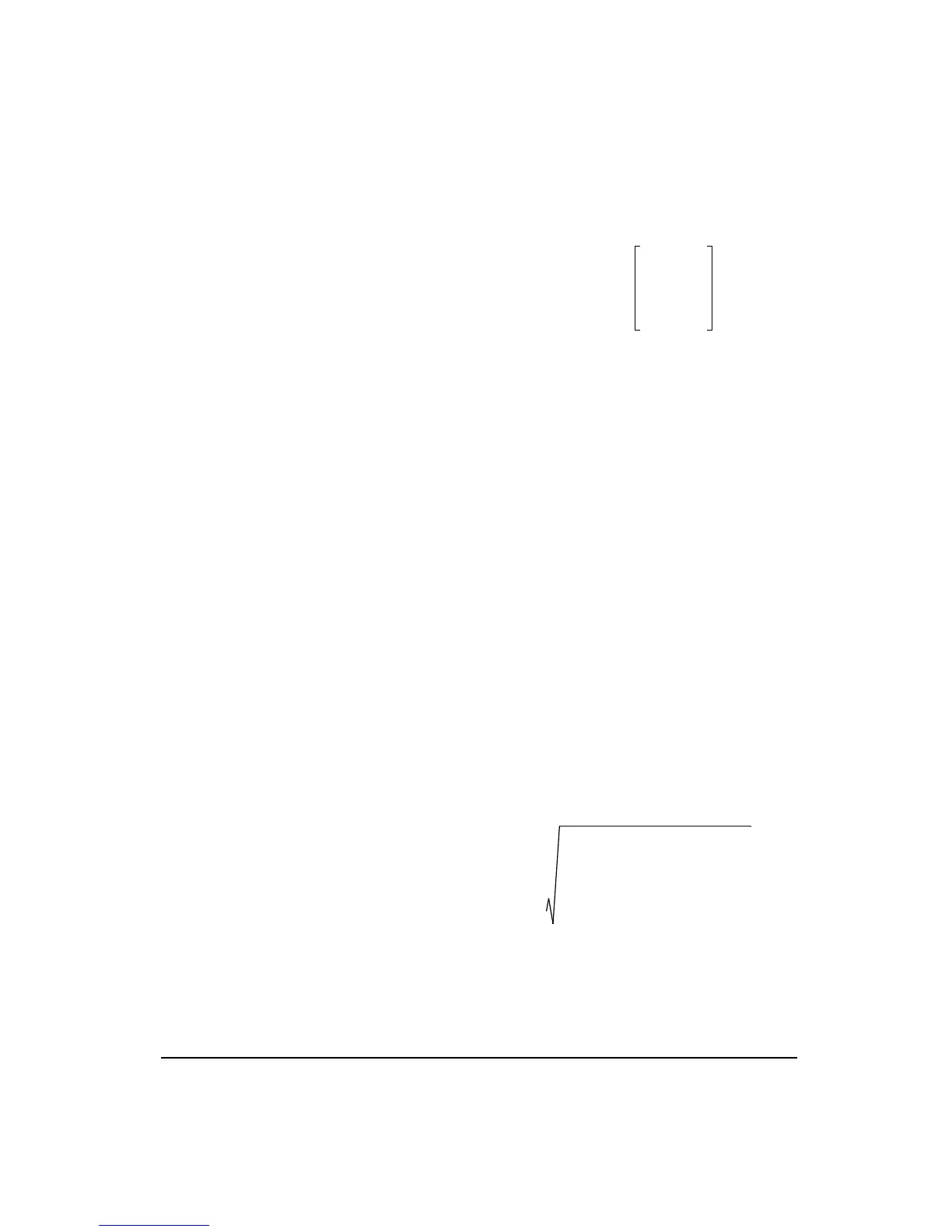11/3/00 D-17
Sound Exposure Level (SEL,
L
ET
)
The total sound energy in a specific time period. The equa-
tion for it is
The sound pressure is squared and integrated over a specific
period of time (T
2
-T
1
) this is called the sound exposure and
has the units Pascal squared- seconds or Pascal squared-
hours. P0 is the reference pressure of 20 µPa and T is the ref-
erence time of 1 second. It is then put into logarithmic form.
It is important to note that it is not an average since the refer-
ence time is not the same as the integration time.
Sound Pressure
The physical characteristic of sound that can be detected by
microphones. Not all pressure signals detected by a micro-
phone are sound (e.g., wind noise). It is the amplitude of the
oscillating sound pressure and is measured in Pascals (Pa),
Newtons per square meter, which is a metric equivalent of
pounds per square inch. To measure sound, the oscillating
pressure must be separated from the steady (barometric)
pressure with a detector. The detector takes out the steady
pressure so only the oscillating pressure remains. It then
squares the pressure, takes the time average, and then takes
the square root (this is called rms for root-mean square).
There are several ways this can be done.
Moving Average
: The averaging process is continually
accepting new data so it is similar to an exponential moving
average. The equation for it is
The sound pressure is squared and multiplied by a exponen-
tial decay factor so that when the time of integration is near
the current time (t) it is essentially undiminished. For times
older (less) than the current time, the value is diminished
SEL
10
Log
10
p
2
t()td
T
1
2
∫
p
0
2
T
-------------------------
=
p
rms
1
T
---
p
2
ξ()
e
t
ξ
–
()
T
⁄
–
ξ
d
t
s
t
∫
=
